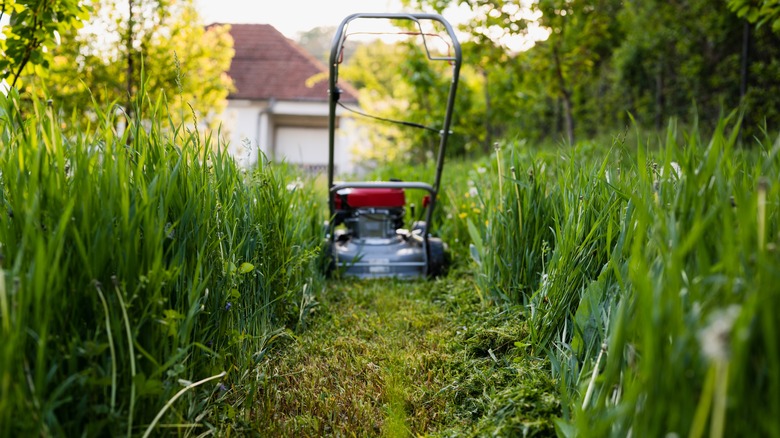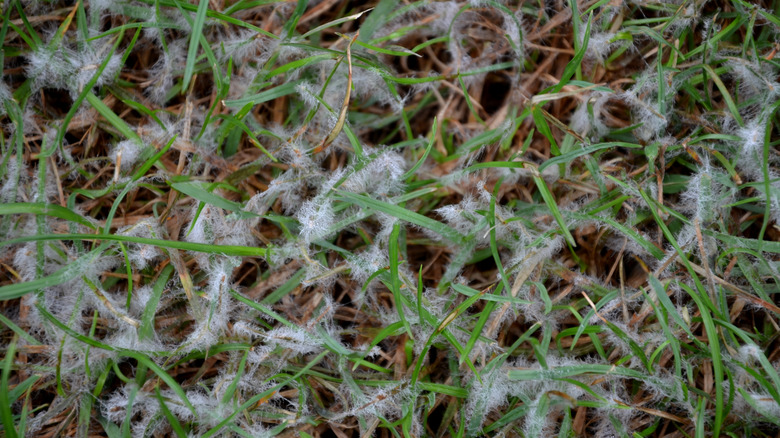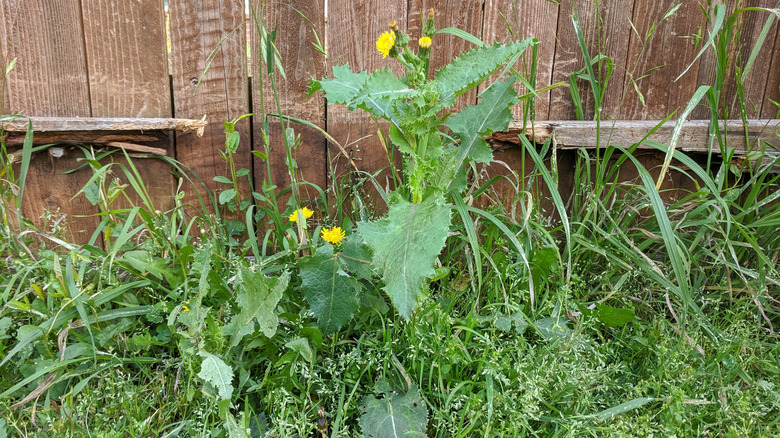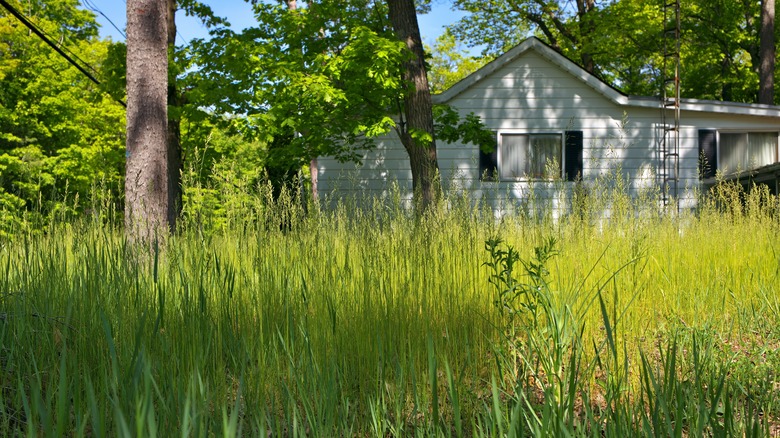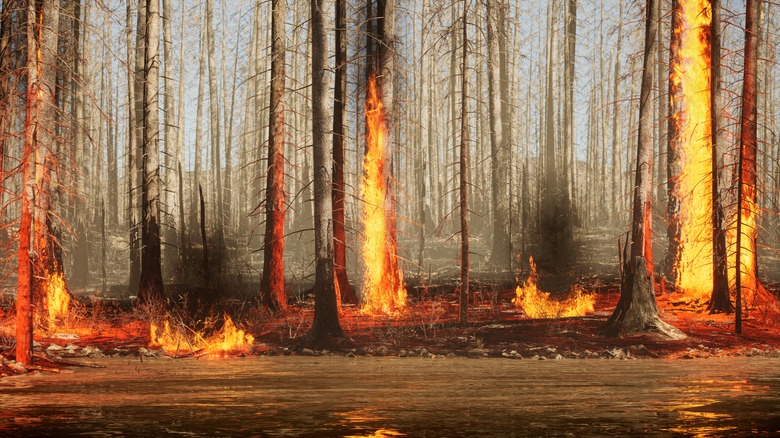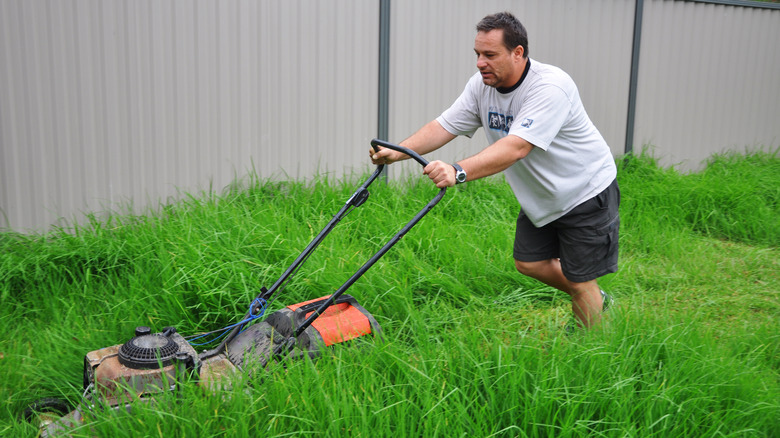The Potential Drawbacks Of Letting Your Grass Grow Too Long
Maintaining a well-groomed lawn is a cornerstone of a beautiful and inviting outdoor space. It not only enhances the curb appeal of a property but also creates an inviting outdoor space for relaxation and recreation. However, despite homeowners' best intentions, the uncontrolled growth of grass can swiftly turn a pristine lawn into a tangled jungle of vegetation. Yet, the repercussions of overgrown grass extend beyond mere aesthetics; they can have far-reaching negative implications.
Unchecked grass growth sets off a chain reaction of detrimental effects that reverberate throughout the landscape. From providing shelter for pests and harboring disease to increasing the risk of fire hazards and hindering proper lawn maintenance, the consequences of neglecting grass maintenance are vast and potentially damaging. Therefore, it's crucial for homeowners to promptly and effectively address overgrown grass to preserve the beauty and functionality of their outdoor spaces. In this guide, we delve into the complexities of mowing overgrown grass and explore the various obstacles that arise.
Breeding ground for pests and disease
When grass is allowed to grow too long, it creates a microenvironment that is conducive to the proliferation of pests and diseases. First and foremost, longer grass is an ideal environment for ticks, mosquitoes, and even rodents to hide in. Beyond that, overgrown grass tends to accumulate organic debris, such as fallen leaves, twigs, and dead grass clippings by virtue of not being maintained. Without any protective measures to prevent the accumulation of pests in your garden, these components provide additional shelter and breeding grounds for pests. When this matter begins to decompose, it provides a nutrient-rich substrate for fungi and bacteria to thrive and attracts pests like insects and rodents.
In addition to hiding unwanted guests, longer grass blades and debris also shade the soil beneath them, reducing evaporation and increasing soil moisture levels. This has the potential to create a damp environment that's ideal for the development of fungal diseases, such as mold and mildew. Fungi thrive in moist conditions and can quickly spread throughout the grass, causing widespread damage. Overgrown grass that's littered with other organic matter can also restrict airflow near the soil surface, leading to poor ventilation and stagnant air pockets. This lack of circulation exacerbates a humid microclimate that favors the growth of fungal spores and other pathogens.
Growing field for weeds
Overgrown grass competes with itself for essential resources like sunlight, water, and nutrients. This competition weakens the grass, making it less able to outcompete weeds for these vital resources. While some weeds may be beneficial to leave in your garden, the majority are detrimental to the health and appearance of the lawn.
Weeds, which are often more aggressive and adaptable than grass species, take advantage of the weakened state of the turf and quickly colonize the area. In this weakened state, overgrown grass can inadvertently provide ideal conditions for weeds to mature and produce seeds unchecked. The tall grass may obscure the presence of weed seed heads, allowing them to proliferate undetected. Once these weeds produce seeds, they disperse rapidly throughout the lawn, compounding the weed problem exponentially.
Moreover, the presence of overgrown grass often signals neglected or infrequent lawn maintenance. When grass is allowed to grow unchecked, it serves as a red flag for other essential maintenance tasks like mowing, fertilizing, and weed control, which are likely being overlooked as well. This lack of attention creates an open invitation for weeds to establish themselves and eventually take over the lawn entirely.
Decreased aesthetic appeal
Overgrown grass poses a significant threat to the aesthetic appeal of both individual properties and their surrounding neighborhoods. The most evident consequence of overgrown grass is its creation of an unkempt and disorderly appearance. Tall grass can convey a sense of neglect and indifference, diminishing the visual allure of a property. For homeowners and neighbors who prioritize maintaining a well-kept and attractive outdoor space, this can be especially disheartening, undoubtedly a feature they would disdain about a yard.
Moreover, the negative impact of overgrown grass extends beyond mere appearance—it affects property values and market desirability. Properties with poorly maintained lawns often command lower prices than those with well-groomed landscapes, deterring potential buyers and tarnishing the neighborhood's overall reputation. This decline in value isn't limited to individual properties; neighboring homes may also suffer repercussions if overgrown grass becomes pervasive in the area. Furthermore, the visual blight of overgrown grass isn't confined to single properties; it can permeate entire neighborhoods. When multiple properties in an area have unkempt lawns, it disrupts the visual harmony of the community, fostering a sense of disarray. This can be distressing for residents who take pride in their neighborhood's appearance and seek to uphold its reputation.
Increased fire hazard
Tall grass acts as abundant fuel for fires, making the unchecked growth of grass a significant concern for fire safety. As grass is allowed to flourish unchecked, it accumulates dry, combustible material such as dead grass, leaves, and debris. This amassed biomass serves as ample fuel for fires to ignite and spread rapidly.
Moreover, overgrown grass can expedite the spread of fires across a property. The dense vegetation forms a continuous layer of fuel, enabling flames to propagate swiftly from one area to another. Additionally, the tall grass can create a "ladder fuel" effect, where flames climb from the ground into trees and structures, further accelerating their spread. In regions susceptible to wildfires, overgrown lawns pose a considerable wildfire risk to entire communities. Even a single spark or ignition source near a property with overgrown grass can swiftly escalate into a large and devastating wildfire, endangering lives and properties across a wide area.
Given these risks, it's essential for homeowners, particularly those residing in wildfire-prone areas, to maintain their lawns regularly. By keeping grass trimmed to a manageable height and promptly removing accumulated debris, they can reduce the risk of fires spreading and help protect their properties and communities from the destructive consequences of wildfires.
Long grass is harder to mow when you eventually get around to it
Allowing grass to grow too long can significantly increase the time and effort required for mowing. Longer grass blades are inherently more challenging to cut through efficiently due to their increased thickness and density, leading to slower progress across the lawn as the mower struggles to slice through the overgrown vegetation. Furthermore, when grass is tall or wet, it exacerbates the problem by causing excess grass clippings to accumulate under the mower deck. This buildup can clog the mower, reducing cutting efficiency and potentially causing it to stall or sustain damage.
Additionally, tall grass tends to bend over rather than stand upright, making it difficult to achieve an even and uniform cut. As the mower passes over the lawn, it may struggle to reach and cut all the grass blades evenly, resulting in an uneven mowing height and an aesthetically unpleasing finish. This, in turn, can place additional strain on lawnmower engines and components like blades, which may need to be sharpened more often.
Moreover, mowing overgrown grass can pose safety risks to both the operator and bystanders. Tall grass may conceal obstacles such as rocks, branches, or debris, increasing the likelihood of accidents or injuries during mowing. Additionally, thick vegetation can conceal small animals or pests, which may be startled or injured by the mower's blades, posing further hazards to those in the vicinity.
